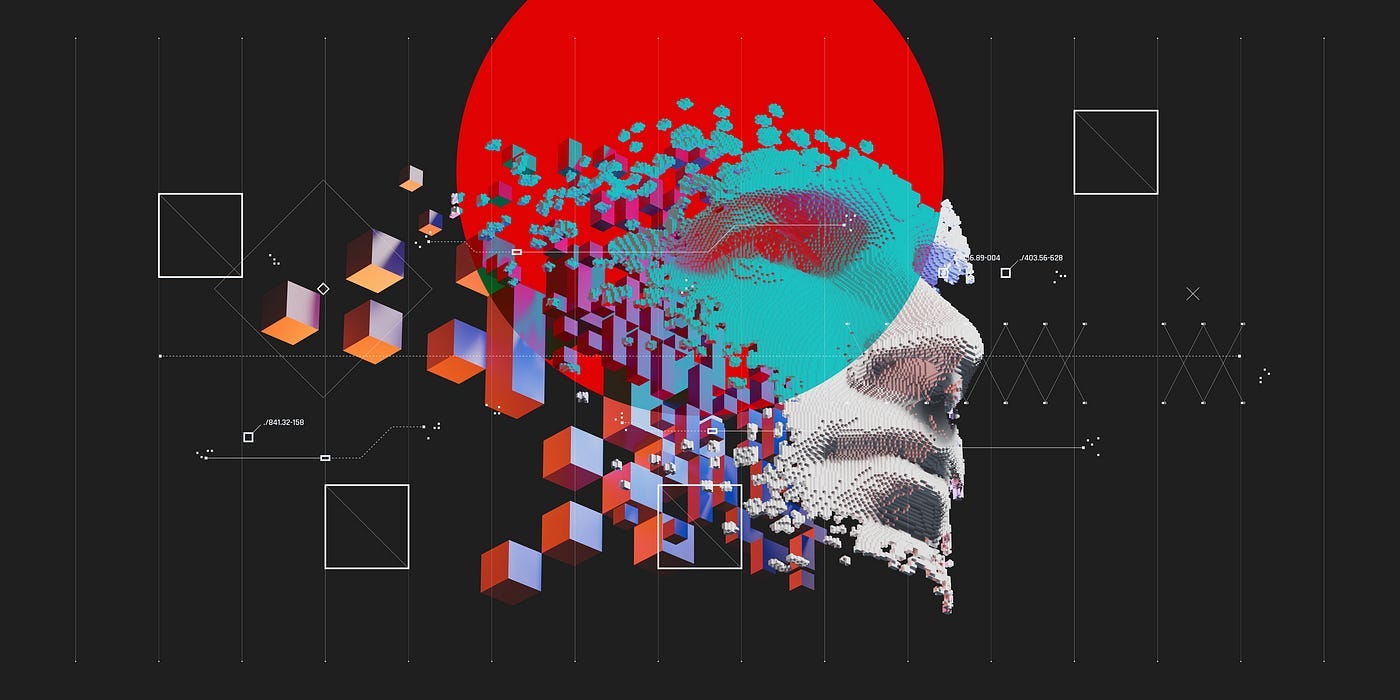AI product design: Identifying skills gaps and how to close them
How to build better, more intuitive experiences.
Hey there! This is a 🔒 subscriber-only edition of ADPList’s newsletter 🔒 designed to make you a better designer and leader. Members get access to exceptional leaders' proven strategies, tactics, and wisdom. For more: Get free 1:1 advisory | Become an ADPList Ambassador | Become a sponsor | Submit a guest post
Friends,
Let’s face it—designing for AI isn’t just about pretty interfaces anymore. It’s about understanding an unpredictable, constantly evolving system that’s as much about algorithms as it is about empathy.
In this edition, Tia Clement unpacks the real struggle: UX designers working on AI products are often flying blind—caught between a lack of technical grounding and an absence of clear design patterns for human-AI interaction. Sound familiar?
From decoding machine learning concepts to building trust in systems that adapt in real time, this piece doesn’t just map the problems—it offers pathways. You’ll walk away with curated resources, expert voices to follow, and actionable strategies that can help you move from overwhelmed to equipped.
Here’s what you’ll find inside:
Why traditional UX tools fall short for AI
The design-developer disconnect—and how to fix it
Design patterns for AI that actually work
A goldmine of courses, experts, and resources
AI is reshaping the rules of UX. Let’s make sure we’re not just keeping up but designing ahead.
Ready to dive in? 👇🏻
Tia Clement is a UX designer focused on human–AI collaboration. With a background in user research and systems thinking, she’s spent the past five years designing AI-enabled tools across industries. Currently, at Red Sift, she creates AI-driven cybersecurity solutions that help organizations respond to and recover from cyber threats. Her approach blends co-design, clarity, and care, shaping AI products that are not only intelligent but also trustworthy and inclusive.
You can connect with her on LinkedIn & check out her Portfolio.
TLDV: It’s not uncommon for AI product designers to encounter challenges in their work, especially when it comes to understanding the complex technologies behind AI products. This can make it difficult for them to communicate effectively with technical experts, leading to further complications. Additionally, keeping up with the ever-evolving design patterns for human-AI interaction can be challenging. In this article, I’ve compiled a list of resources that can enhance designers’ knowledge and skills in these areas so they can tackle their work with confidence and ease.
Rethinking design approaches
Advances in Artificial Intelligence have produced exciting opportunities for human-computer interaction. From identifying your cat in the photos to enabling autonomous driving, AI offers numerous promising new possibilities in user experiences. It facilitates forms of interaction that were previously unimaginable.
Despite the vast potential of AI, incorporating its capabilities into design methodologies is not a straightforward task. According to recent research, designers are struggling with the complexities of envisioning and prototyping AI systems.
Why is that? Traditional UX and HCI design techniques, such as sketching and prototyping, might not be sufficient for addressing the unintended consequences of AI in product design.
“HCI professionals cannot easily sketch the numerous of ways an AI system might adapt to different users in different contexts” was stated by Graham Dove and his colleagues during the conference on Human Factors in Computing Systems. “…. And nor can they easily prototype the types of inference errors a not-yet developed AI system might make” could I add, citing Philip van Allen.
Problems: Mapping AI design challenges in design process
Qian Yang and her team at Carnegie Mellon University studied the challenges HCI researchers and professionals face while working with AI. They structured these challenges and related research papers within the widely recognized double diamond design process model.
Here are my takeaways from this paper, broken down by the design process steps:
Discover (divergent thinking stage)
Designers struggle to understand the limitations and capabilities of AI, which hinders their brainstorming and sketching processes.
The technical feasibility of a design idea depends on having access to sufficient, diverse, and high-quality data for effectively training the AI models.
Even when understanding how AI works, designers find it challenging to ideate many possible new interactions and novel experiences with much fluidity.
Choosing the right AI technique for a design problem requires a deep understanding of AI technologies, which can be challenging.
2. Define (convergent thinking stage)
UX design involves rapid prototyping to evaluate human impact and make improvements. Rapid prototyping of AI products presents challenges in predicting the user experience.
Scott Klemmer suggests creating Wizard of Oz systems or rule-based simulators as an early-stage interactive AI prototype. Josh Lovejoy and Jess Holbrook explore it further in their article. While a valid option, this approach fails to address UX issues resulting from AI inference errors.
The second approach Qian Yang and colleagues proposed is to deploy a functioning AI system among real users to understand its intended and unintended consequence fully. However, teams cannot realize the value of rapid and iterative prototyping since the process takes too much time and does not allow for early failures.
3. Develop (divergent thinking stage)








